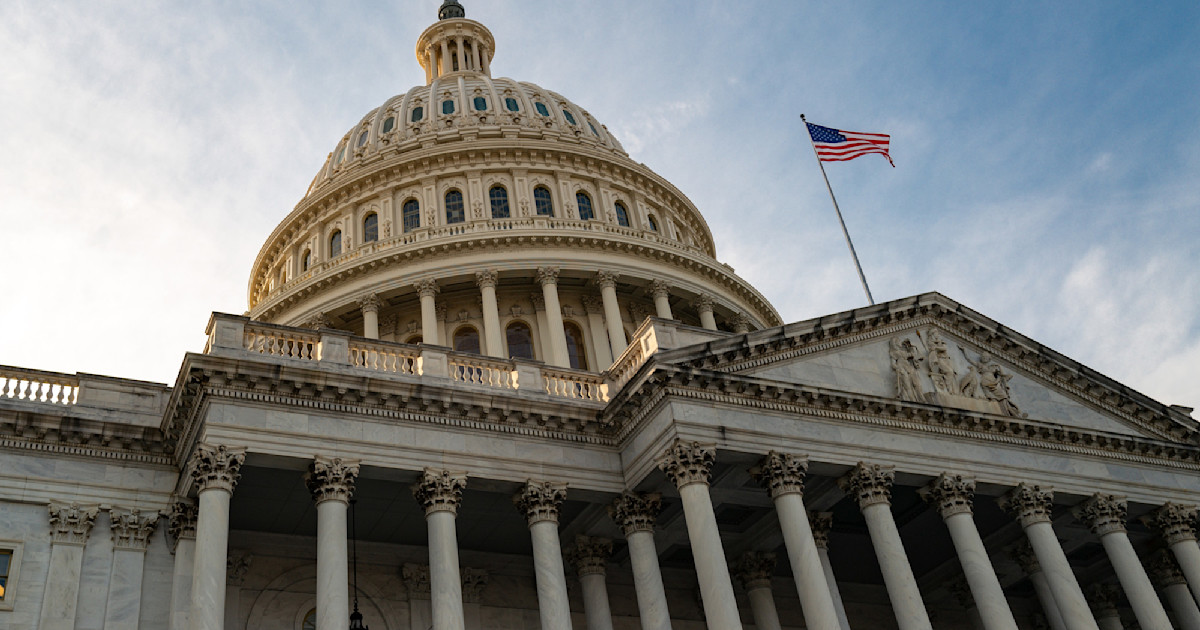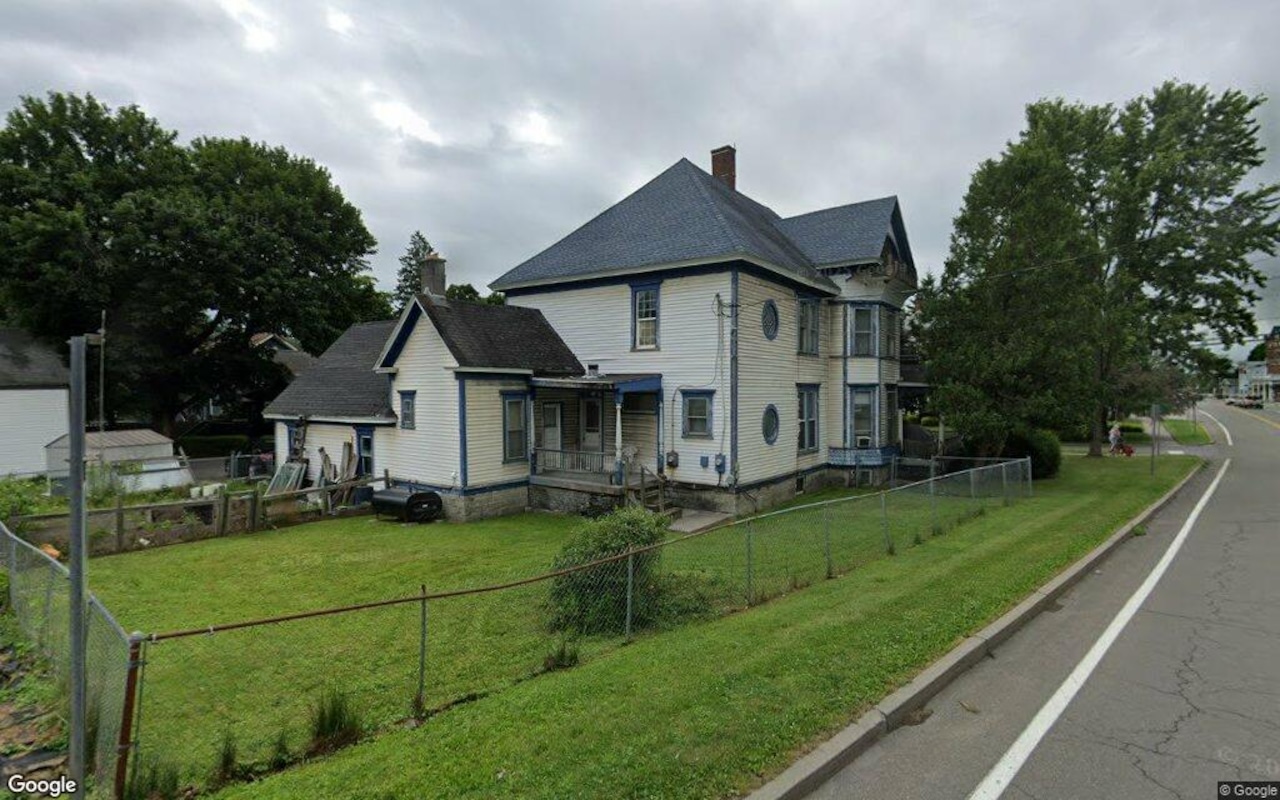T
he federal shutdown’s first days will barely dent the housing market, but economists warn that a longer pause could deepen an already sluggish cycle. Hundreds of thousands of federal employees will be furloughed, and the lack of pay will gradually weigh on the economy as the shutdown stretches.
Mortgage rates are holding steady for now, but they could swing sharply if the shutdown drags on. Rates typically fall when investors fear a slowdown, only to climb again once the government reopens. A prolonged shutdown could also raise concerns about U.S. debt quality, pushing rates higher. Delays in key data releases—such as the October 3 jobs report and other Fed‑used metrics—will further cloud market expectations ahead of the October 28‑29 Fed meeting.
The National Flood Insurance Program (NFIP) has lost its authorization, leaving new buyers in flood‑prone areas and existing policyholders unable to purchase or renew coverage. The National Association of Realtors estimates that the NFIP supports roughly 1,360 daily closings, or about 41,300 transactions a month nationwide. Without flood insurance, homeowners in vulnerable regions will have to rely on limited federal disaster aid, especially during peak hurricane season.
Washington, D.C., where federal employment dominates, is particularly exposed. Earlier layoffs, budget cuts, and return‑to‑office mandates had already softened the market, yet price declines remained modest. A prolonged shutdown could tip the market into a slowdown, with year‑over‑year price drops likely. However, analysts expect the local market to recover over the long term.
In short, the shutdown’s immediate impact on real estate is minimal, but its duration will determine whether the market stalls further or rebounds. Mortgage rates may become volatile, flood‑insurance coverage will be disrupted, and the D.C. market could see a temporary decline before a long‑term rebound.













